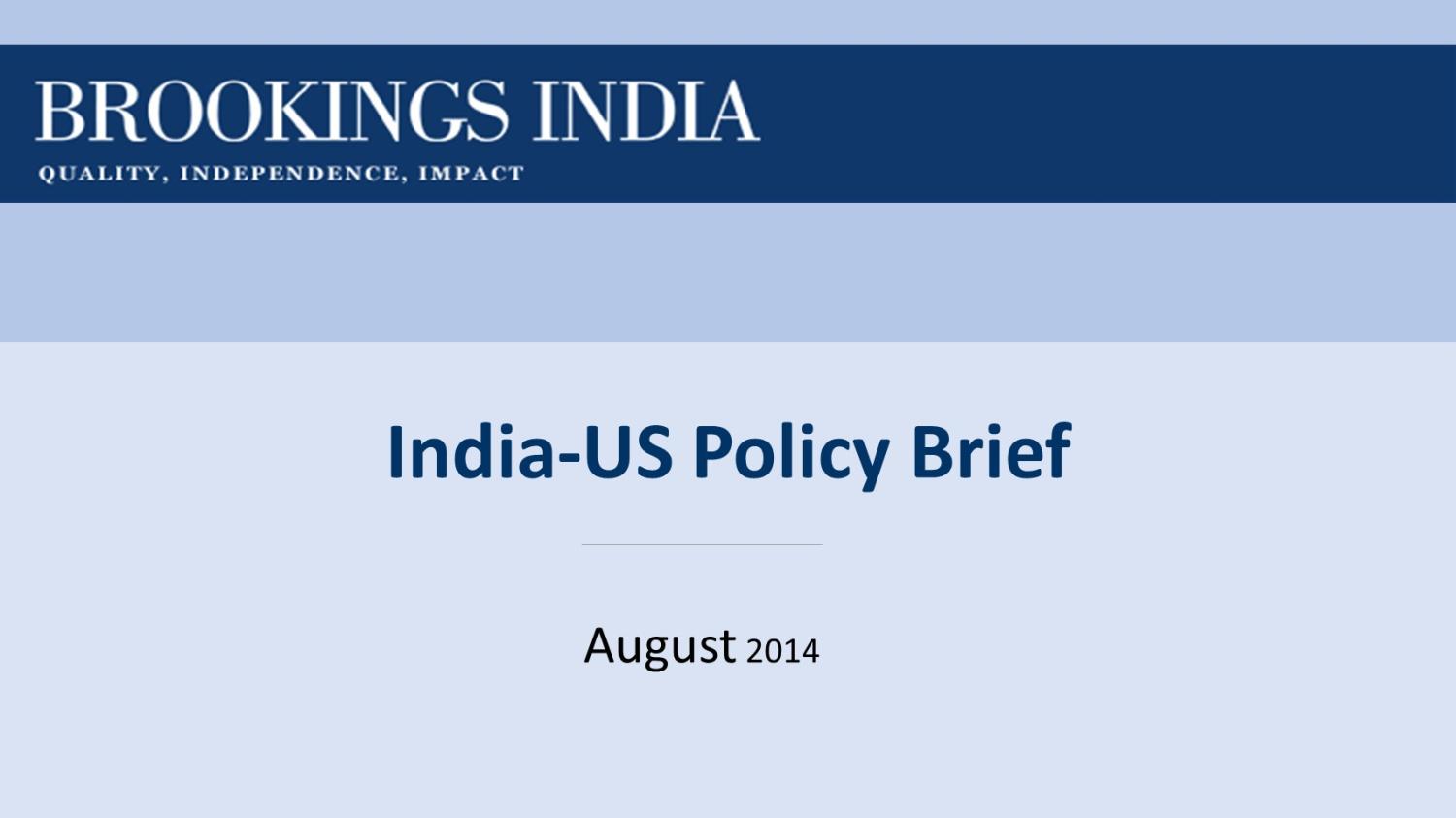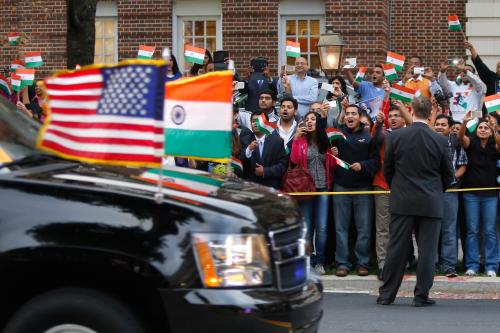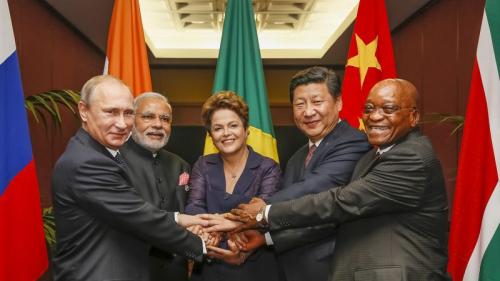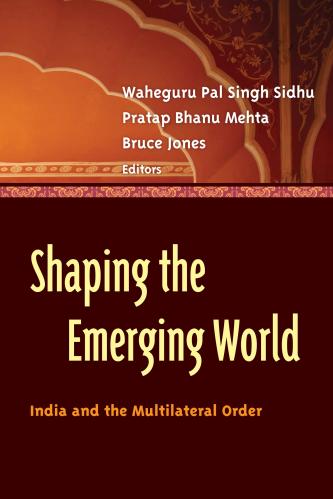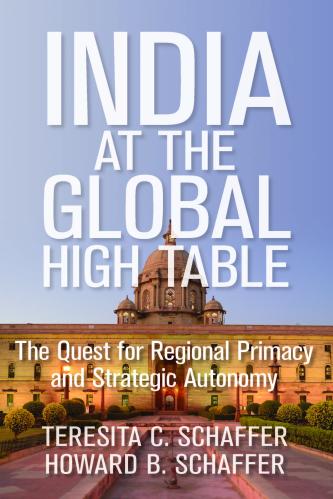Content from the Brookings Institution India Center is now archived. After seven years of an impactful partnership, as of September 11, 2020, Brookings India is now the Centre for Social and Economic Progress, an independent public policy institution based in India.
India faces a defining period. Its status as an emerging global power is not just being recognized but also increasingly institutionalized, with a seat on the G20, the initial presidency of the BRICS Development Bank, and more. As the country continues to assert itself economically on the world stage, India will inevitably wield greater international political and, possibly, military influence.
As its influence rises, though, India will have to decide how to navigate a changing world. Security challenges in its immediate region will continue to be a priority for Indian foreign policy. The moment it steps beyond its subregion, however, India will confront a world defined by increasingly turbulent geopolitics, changing patterns of globalization, and ongoing debates about reforms to global governance. The frank fact is that India’s posture on the multilateral order has not changed as quickly or as dramatically as the order itself. The next few years will shape the options India has in shaping the international order over the long term.
In the past, India had little choice but to be a ‘rule taker’ in places like the World Trade Organization (WTO) and the International Monetary Fund. Some argue that India should adopt a ‘rule breaker’ posture, but this is likely to be self-defeating if sustained over time—India has too much at stake in stable globalization not to add its growing weight to effective problem-solving. A more credible option for India is to be a ‘rule shaper’ – one of a small number of powers with the ability to play a major role in shaping the evolution of the rules of the road. India is already, tentatively, doing this in the maritime security realm, and should be able to in others as well—like climate and energy and cyber. To do so, India will have to invest in its intellectual infrastructure, but also adapt its diplomatic tools and posture.
The India-U.S. relationship will matter here. For all the rhetoric of ‘relative decline,’ the reality is that the U.S. remains the most influential actor by far in shaping the international system; so India-U.S. relations will be an important determinant of India’s policy options. The good news is that there are strong overlapping interests here. The bad news is that neither side has invested in the diplomatic or multilateral strategies to realize those shared interests.
The U.S. is also going to have to think afresh. Against a backdrop of a shifting geopolitics, the U.S. has an interest in seeing India successfully move through the next phase of development. A major stumbling block for India will be resources policy, including that relating to energy, climate and food. Witness the recent WTO decision where India and the U.S. were on different pages, to deleterious effect for both and for global trade. If and where India and the U.S. can align their policies—in part by the U.S. understanding India’s unique vulnerabilities on these issues—both sides can profit and so can the multilateral system. For example, if India is moving towards effective policy on distributed and cleaner energy, the U.S. should be prepared to shift sizeable resources towards helping India succeed in that effort. Rather than looking at India as a problem in climate negotiations and a competitor in clean energy markets, the U.S. should see the strategic opportunity in deepening ties with a dynamic India whose influence will soon be felt far beyond its immediate neighborhood.
The Brookings Institution is committed to quality, independence, and impact.
We are supported by a diverse array of funders. In line with our values and policies, each Brookings publication represents the sole views of its author(s).

